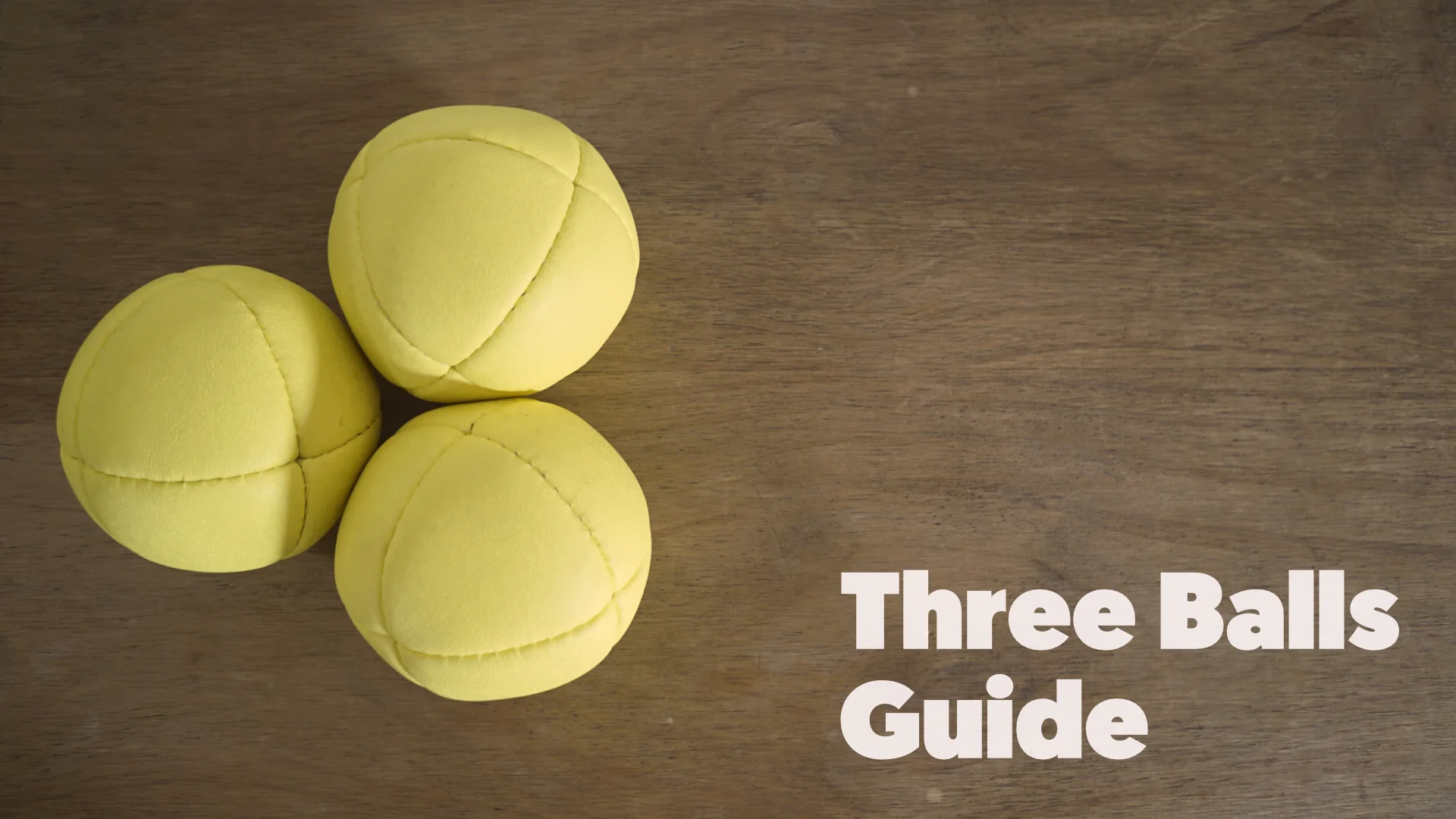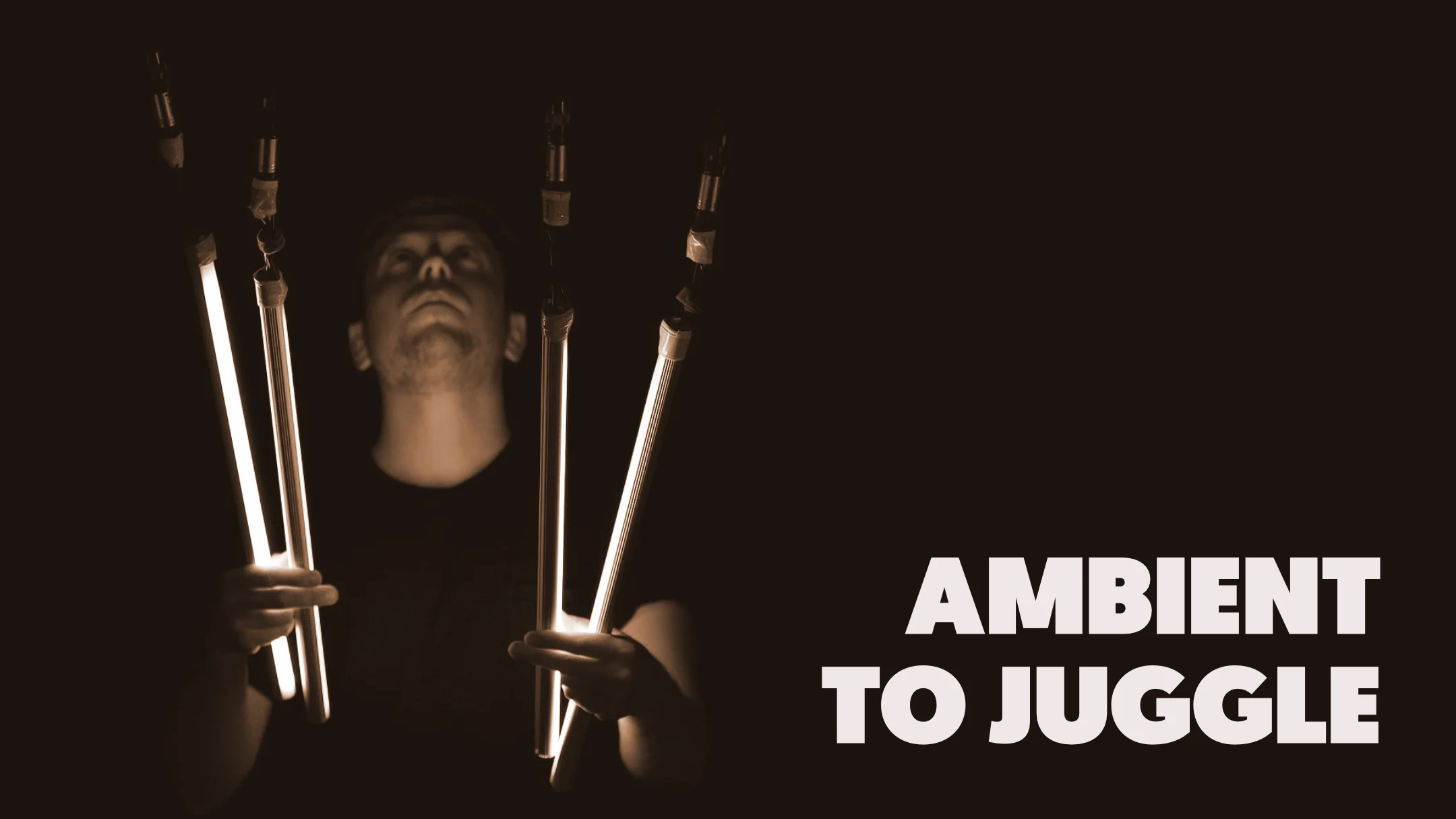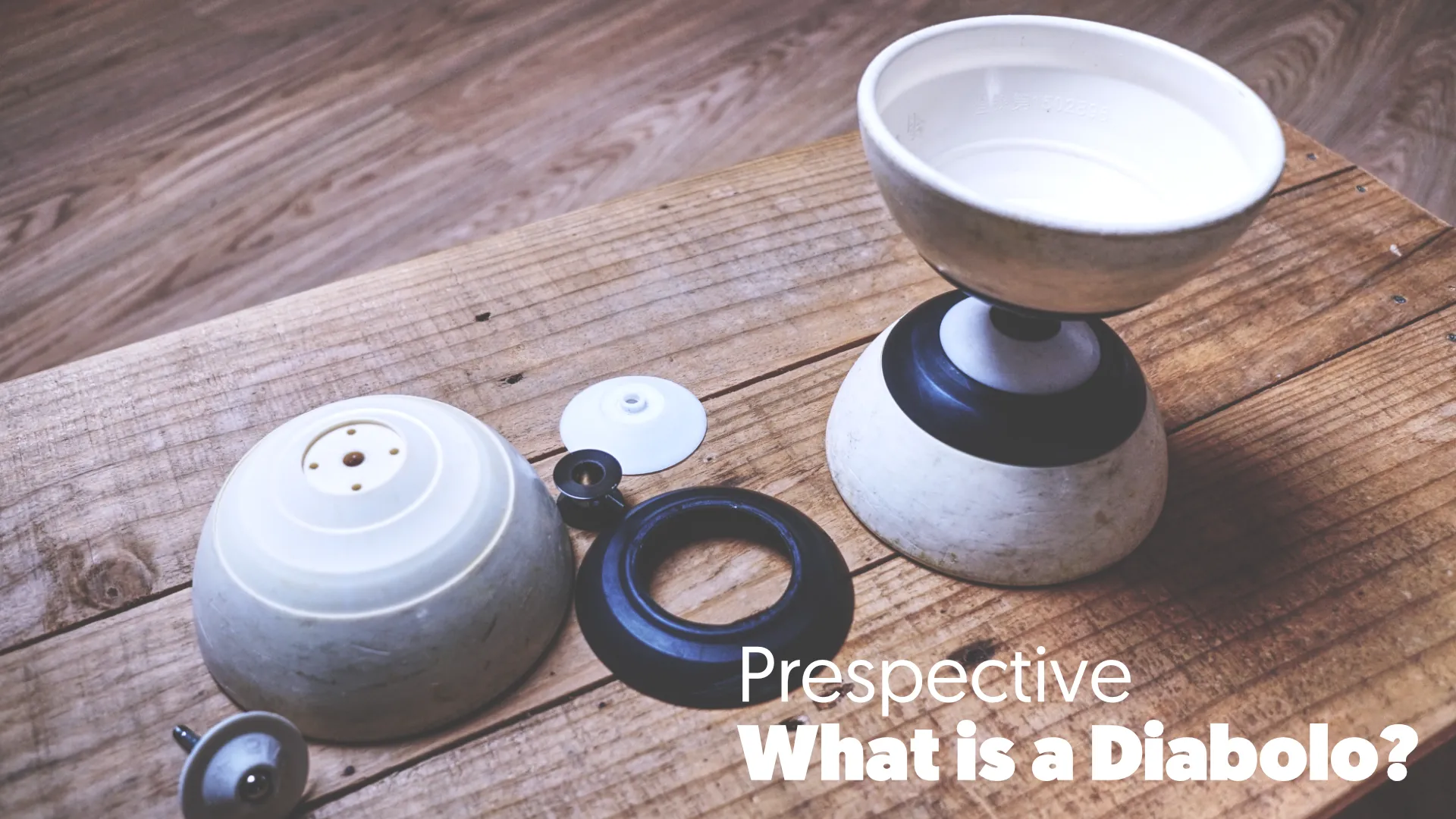Over the years, circus has been evolving, and with it the way we refer to it. Today it’s common to use the term contemporary circus to talk about proposals that move away from the traditional format, opening up new spaces for practice, language, and presentation.
This label, however, dates back to the 1970s, when a new movement emerged with the aim of renewing circus language. Those practices were characterized by doing away with animals, integrating complex dramaturgical structures, and connecting with other performing disciplines such as dance, theatre, or the visual arts. In that context, speaking of new circus or contemporary circus made clear sense: it marked a break with the dominant forms of the time and opened a new creative era.
But if that movement happened fifty years ago, what are we doing today? Is it reasonable to keep calling “contemporary” a model born in 1975?
El problema de la etiqueta
The term contemporary by definition indicates an era, the same time—but when we use it to describe circus, it often says nothing about the work being done. It doesn’t help understand the physical articulation, nor the tensions sustaining the scene, nor how body, risk, and composition relate. More than clarifying, it creates an illusion of modernity that may be empty.
The issue isn’t only terminological. Talking about “contemporary circus” as if it were a stable category can distort what is actually happening. Today you can find very different pieces under that label, sharing only one thing in common: circus as a language.
When we talk about what defines a piece, we want to know what stage device is used, how time is organized, which criteria structure the composition. Beyond distancing from the classical format, we need language that indicates how materials are activated, what energy circulates, and what perspective is offered.
Talking about genres within circus can open a new way of looking. More than labeling, it offers useful frameworks to observe how a scene is built. Some pieces work from extreme physical composition, others explore repetition, atmosphere, or the relationship with empty space. Each genre is defined by how it articulates action, how tension unfolds, and how experience is organized. Thinking in these terms lets us recognize the formal richness of circus as an autonomous language, with its own criteria and intensities.
Circus does not derive from other languages. It has its own density, a concrete way of articulating body, technique, and staging. And this strength deserves to be read precisely, not diluted in a label that says very little about what’s actually done.
Obrir la mirada
In other fields, such as music, we have genres that act as open frameworks: jazz, rock, experimental, electronic… Each helps situate a way of practice, a language, a stage imagination. Rigid definitions are unnecessary; what we need are reference points that allow us to better read what is being presented.
Talking about genres within circus can provide a similar tool. Instead of seeking a new label, we can refine how we describe pieces: where they are constructed from, which tensions are activated, what kind of presence they generate. As our vocabulary expands, so does our capacity to read what is happening.
This shift in perspective invites us to observe in greater detail. We no longer need to reduce everything to a single category; we can talk about handstands, object manipulation, works with text, balance, rhythm, or atmosphere. Each piece opens a particular combination, and recognizing its composition allows us to share it with more precision and nuance.
Cap a una lectura més precisa
What we call circus today does not adhere to a single model nor a single lineage. It accumulates diverse lines, ways of doing that have been refined through practice, body, and composition. This diversity does not demand a new label to contain it, but tools to read it with greater precision.
Speaking of genres can provide a way to deepen our reading of current circus. As open frameworks, they help locate relationships, intensities, and structures that shape each piece. They help observe how rhythm unfolds, how tension is organized, how presence is activated.
It is a way to describe what is already being done with more precision and greater capacity for dialogue. Expanding vocabulary does not limit—it broadens. It provides tools to share processes, recognize lines of work, and continue exploring with awareness and intention.
If the term “contemporary circus” no longer allows us to clearly understand what we have in front of us, perhaps it is time to look more closely. To listen to the languages being constructed, the forms unfolding, and the presences being activated. Without rush, but with precision.




Leave a Reply
You must be logged in to post a comment.